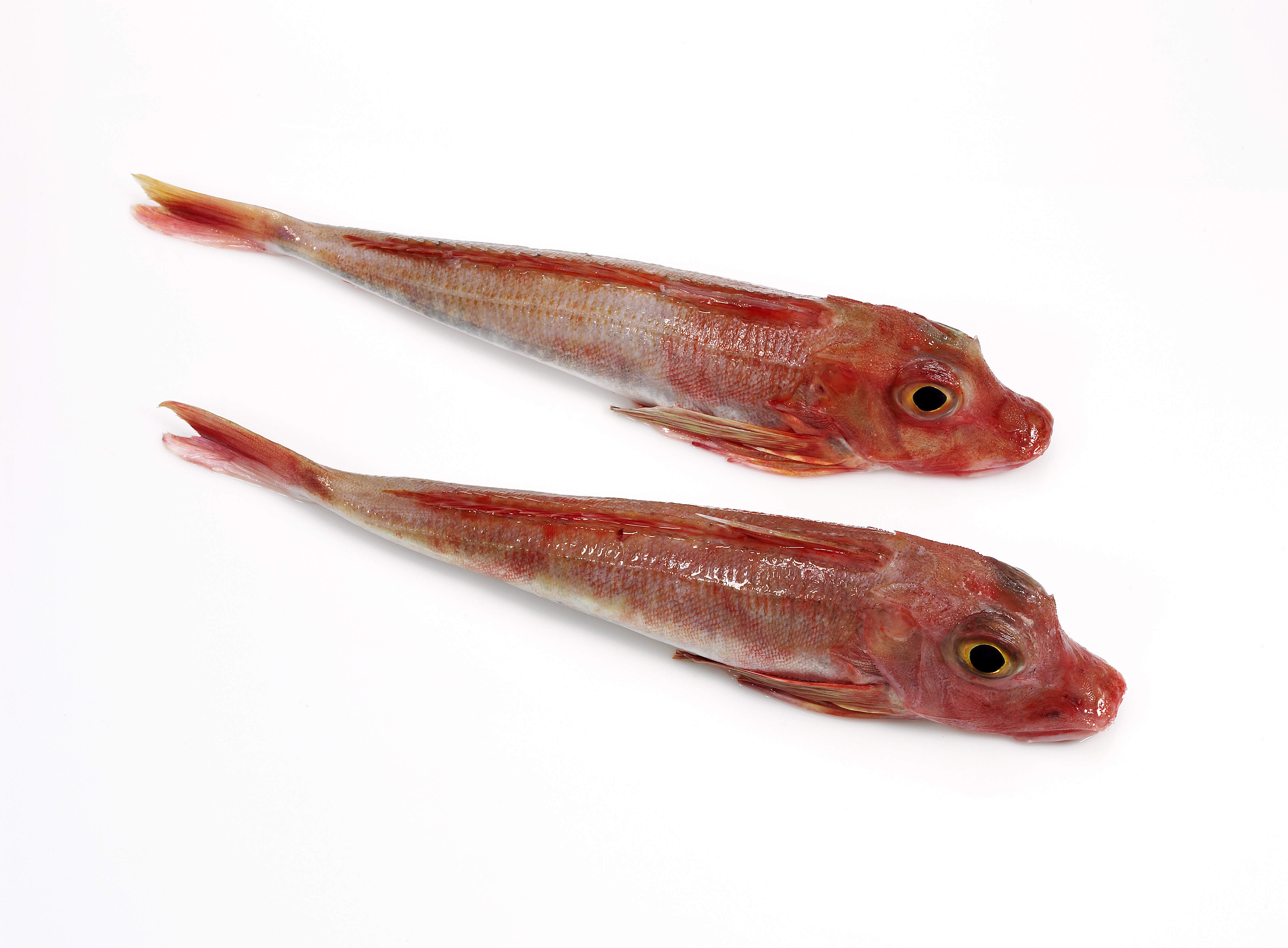



Gurnards are very distinctive bottom-living fish with large heads and eyes. They are a very bizarre-looking dermasal fish type with large bony heads and distinctive snow plough shaped profile. For years, they were thrown back or used as bait by fishermen but in recent times people have realised that they have a great flavour profile and their popularity is on the rise. This fast growing and abundant fish are most commonly used in fish stocks, soups and Mediterranean fish stews.

One of the most abundant and versatile whitefish types in the world, Pollock is a delicate-tasting fish, mild in taste with snow white meat that is slightly coarse in texture. When cooked, the lean, moist meat is white and firm, with a nice flake. A hugely popular item for fish and chips, fish sandwiches and fish tacos, Pollock is also an excellent source of protein, as it is low in carbohydrates and fat.
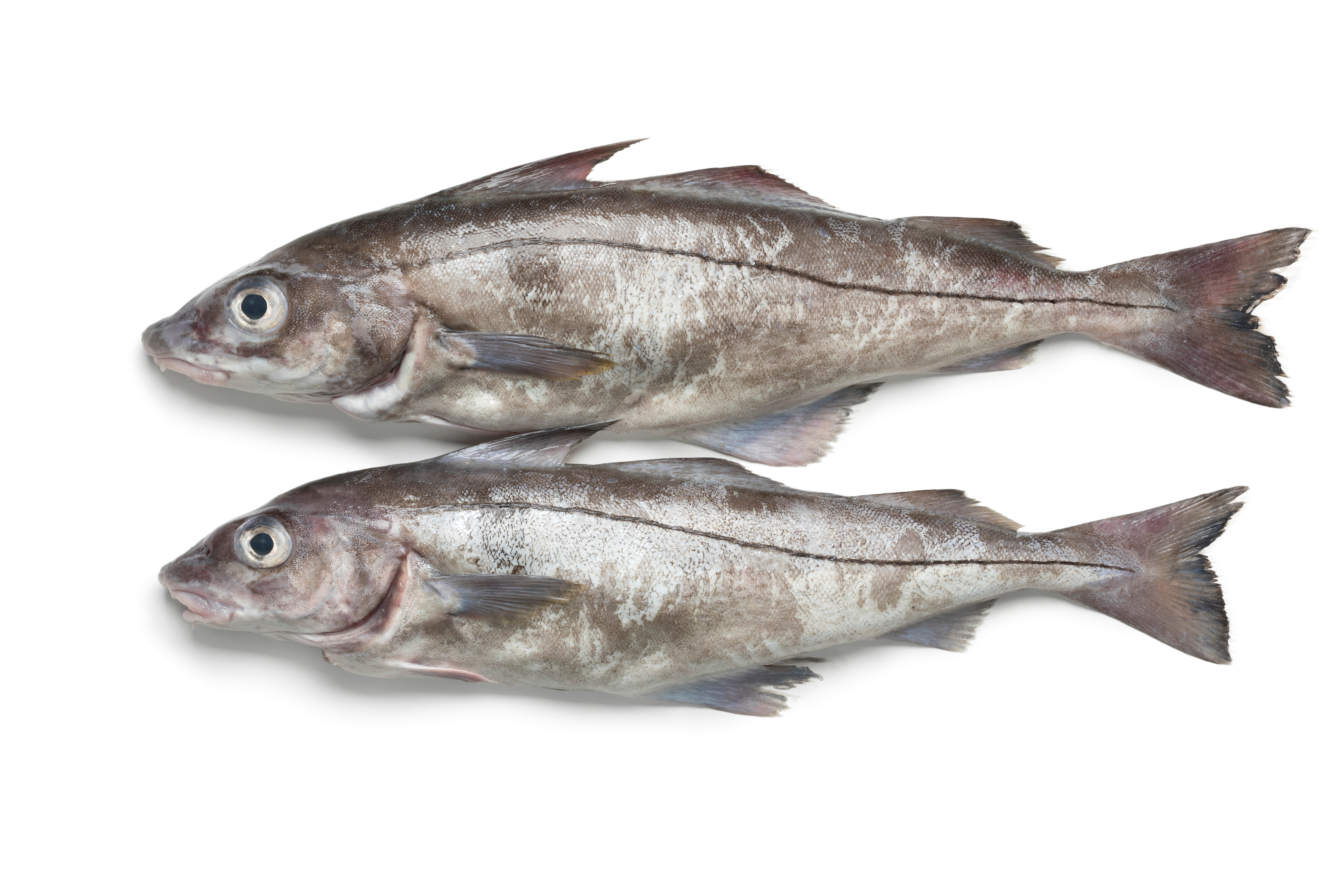
One of the most commonly eaten dermasal fish species in Europe, Haddock is a much sought-after whitefish, highly valued for fish and chips and as a cold-smoked product. Marked out by a unique dark patch called ‘The Devil’s Thumbprint’ or “St. Peter’s mark’, Haddock’s delicate flake and slightly sweet taste gives it a great, melt-in-the-mouth flavourful appeal. The lean meat has a firm yet tender texture, and the flake is finer than cod.

Boasting of snow-white, pearlescent flesh and gentle but distinctive flavor, cod has always been the fish of choice for seafood lovers and chefs across the world. In fact, it is the benchmark by which most other whitefish are compared, thanks to its lean meat that has a mild, clean flavor and large, tender flakes. Cod is a very versatile fish which can take on most flavours when cooking with the meat being tender-firm, lean and flaky.
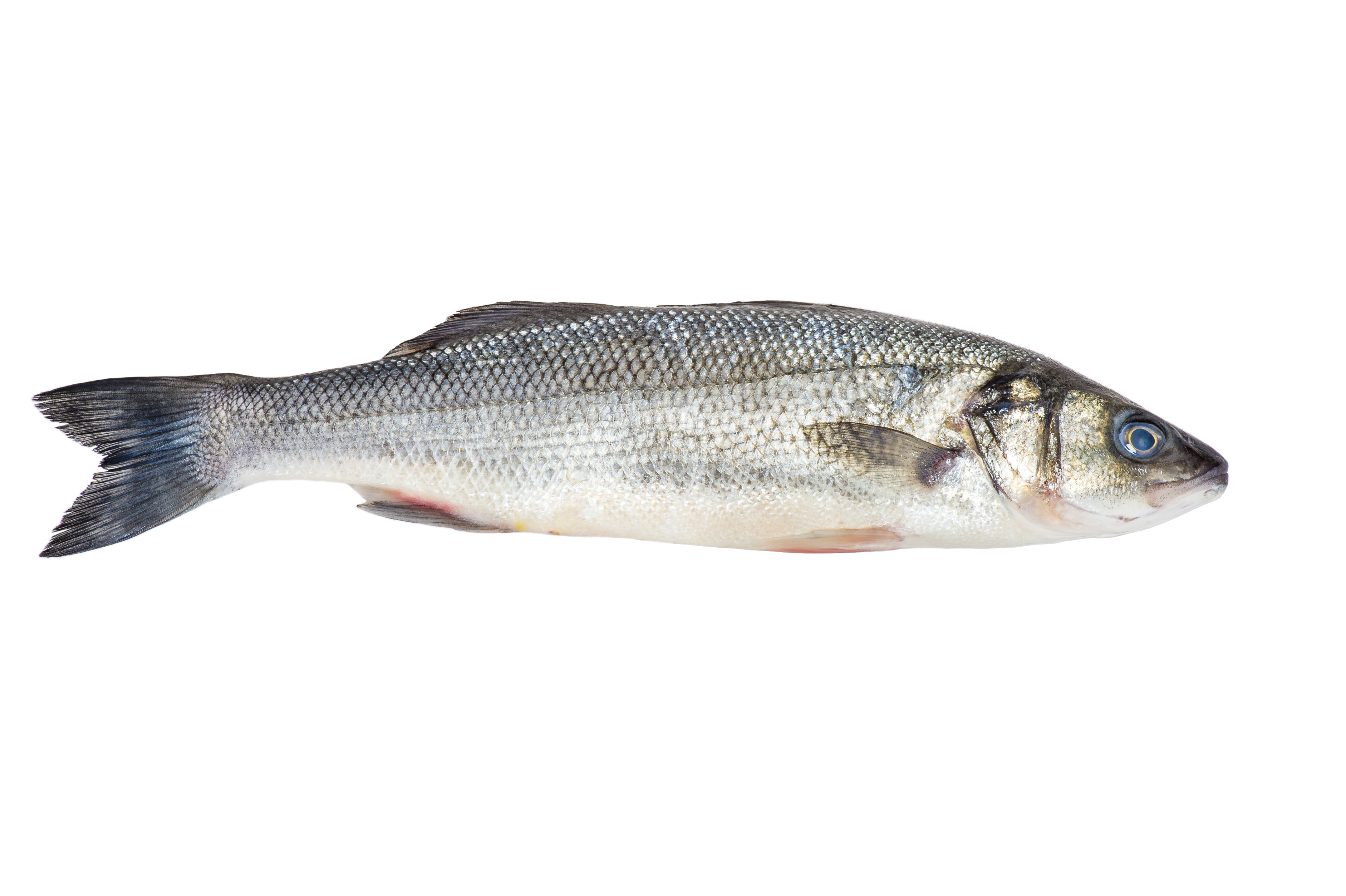
A delicate and sweetly flavoured fish with skin that is quite tough and strongly flavoured, Sea Bass is a fish with a semi-fatty texture that has firm yet delicate flesh and no bones which holds together well while cooking. A prized fish in Europe and a favorite among restaurant chefs, the meat of the Sea Bass is pinkish when raw and opaque white when cooked.The finely textured, flaky meat is lean, with a sweet and mild flavor.
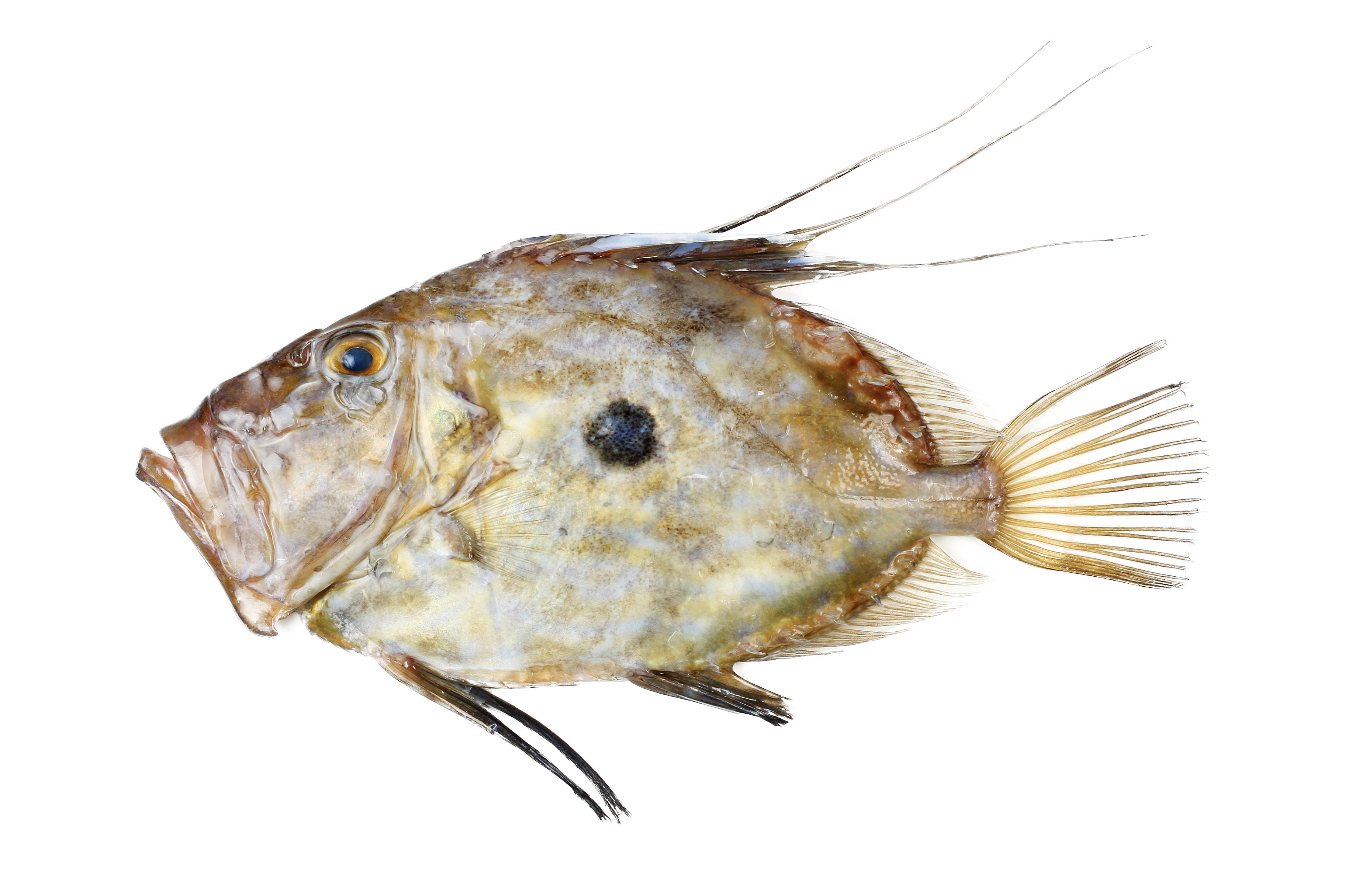
A prized fish species, John Dory is a white-fleshed deep sea fish that is quite unusual- looking with an oval, flat body and a large, spiny head. John Dory, also known as St Peter's fish, is a delicious fish which has firm textured white flesh with moist, fine flakes and a mild, sweet flavor with a low fat content. The flesh of this fish is of a dense texture and holds up well during cooking.The fish can be cooked in a variety of ways like grilling, sautéing or poaching. The white and boneless meaty flesh is popular with chefs because it goes well with a wide variety of ingredients and flavourings.
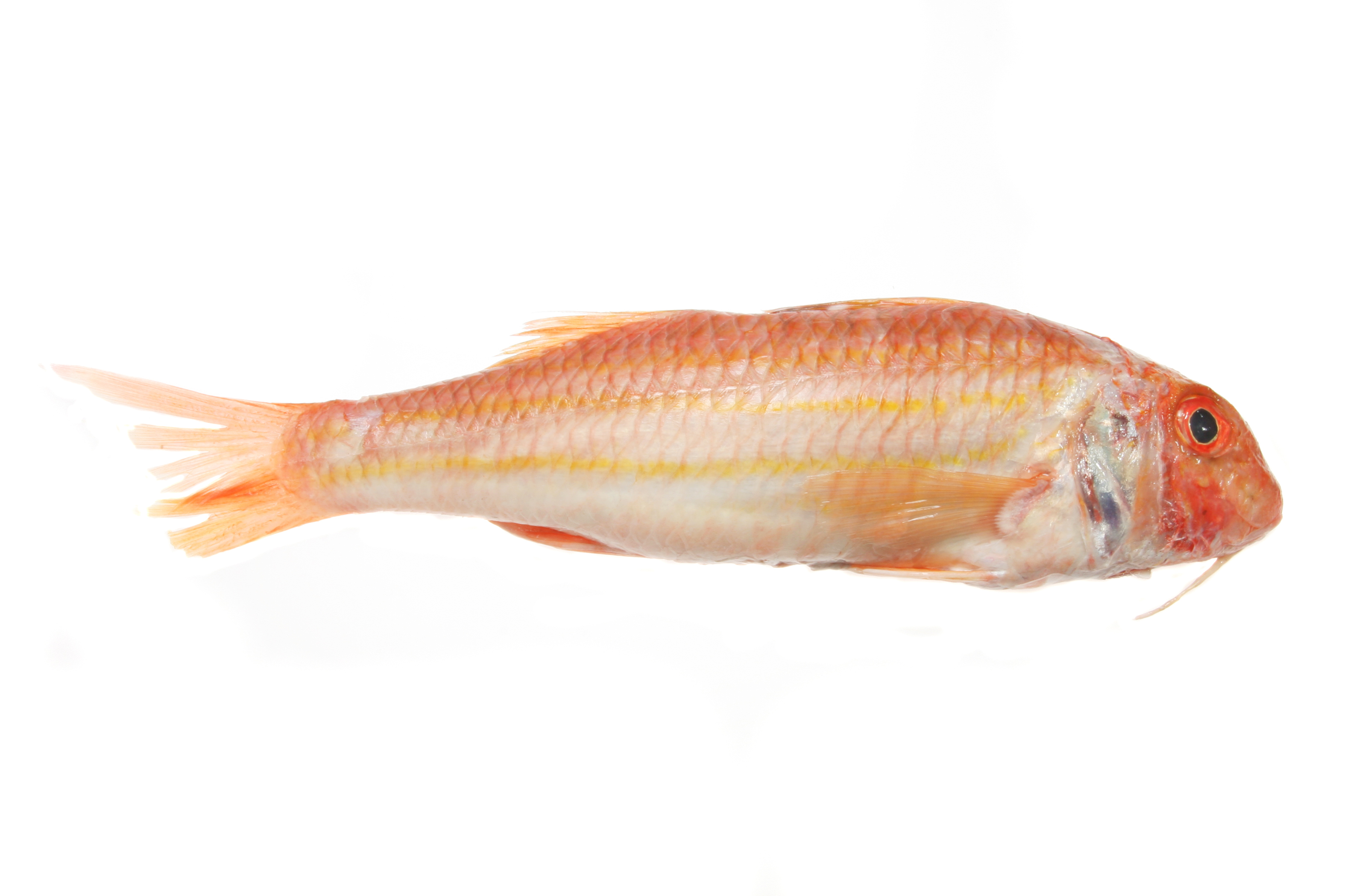
One of the most highly prized fish in Europe, the Red Mullet is a great looking fish, with a mix of orange, red and pink coloured skin. The fish is not large in size but is big on flavour, making it a highly coveted European seafood delicacy. The flesh of the fish is a wonderful pale pink, and very delicate, but takes strong flavours and works especially well with aromatic ingredients. The delicate white flesh is low in fat and high in protein, and has a unique texture when cooked. Red Mullet has a rich savoury flavour and is often compared to the taste of shellfish and that is because the red mullet feeds on them.

Highly favoured in parts of Europe like Spain and Portugal, Hake has a long, round, slender body, making it great for cutting into steaks or loin suprêmes. The texture varies from soft to moderately firm among the different species of Hake, though the fish has softer flesh and less flake than cod, haddock and pollock. Hake tends to have a very mild taste, with slightly sweet, soft meat and cream coloured to pinkish flesh which has a slightly coarse, watery texture.
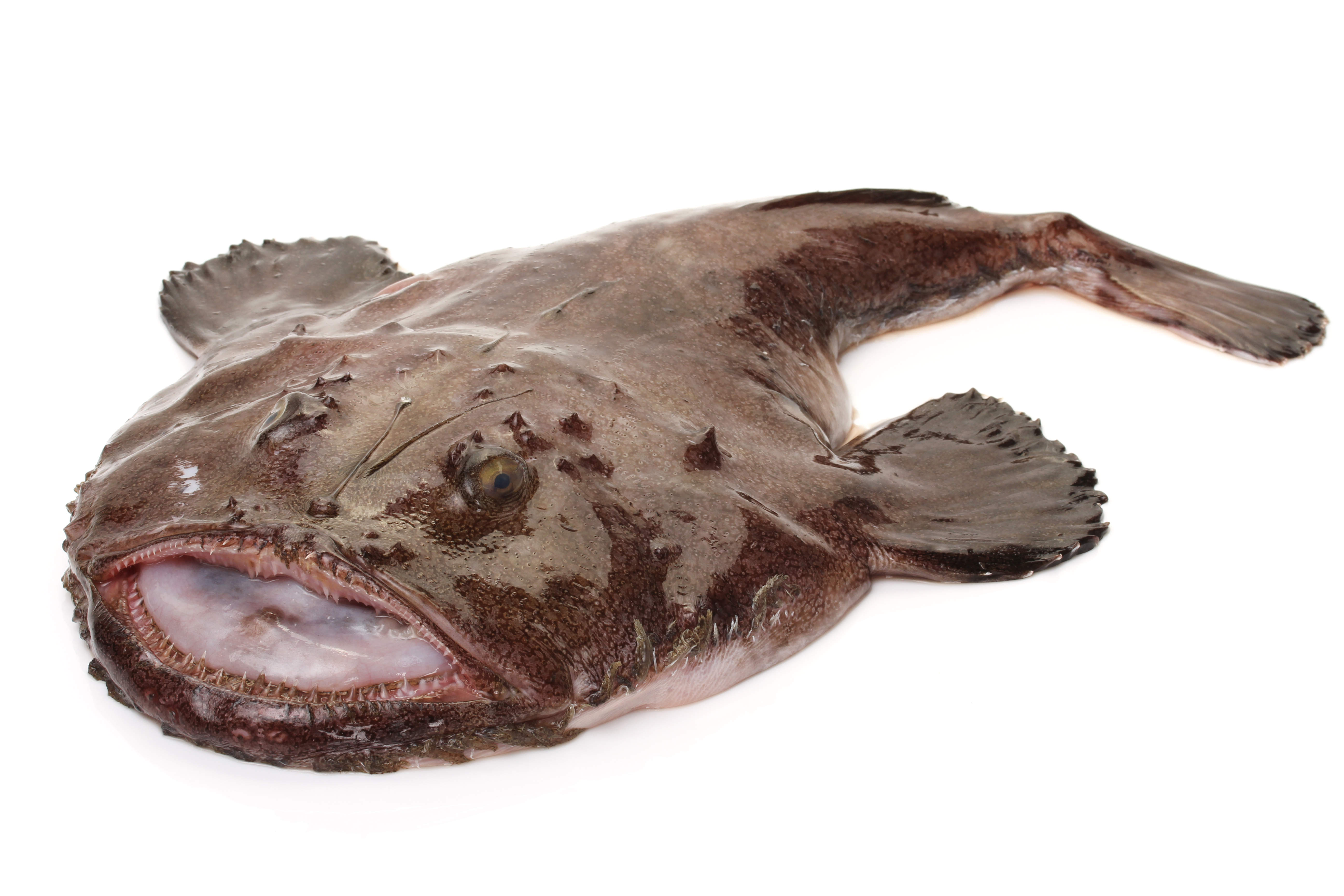
Also known as Angelfish, Monkfish is, undisputedly, one of the ugliest fish, with a huge head, tiny eyes and an enormous mouth filled with needle-like teeth. Nevertheless, the fish has inner beauty, once skinned and trimmed with the flesh of the fish having a mildly sweet taste and a firm, dense texture. The tail meat, the only part of the fish that is used, is firm, meaty, and boneless and great for strong flavours. It doesn’t flake readily and is firm like scallop or lobster meat and that is why Monkfish is often referred to as a “poor man’s lobster” due to its similar taste and texture.
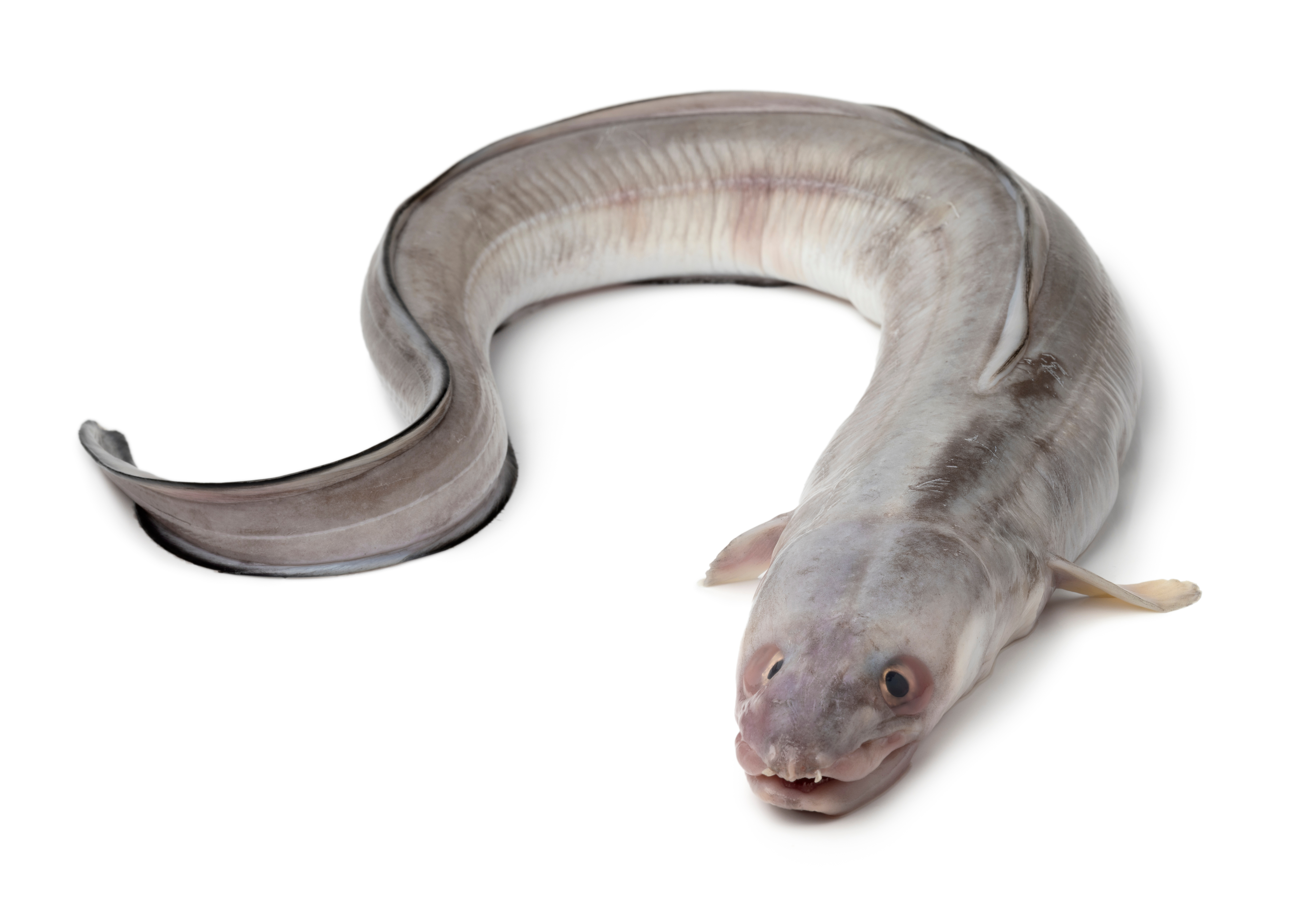
Unlike the European Eel, the Conger Eel prefers the temperate waters around the Mediterranean and North Atlantic. It is one of the largest species of eel in European waters, growing up to three meters in length and often found around Cornish shores amongst rock and hiding inside shipwrecks. One of the best kinds of fish that maintains its freshness, Conger Eel is snake-like with smooth, iron-grey skin with a firm, meaty texture that can be prepared and cooked in the same way as any European eel.
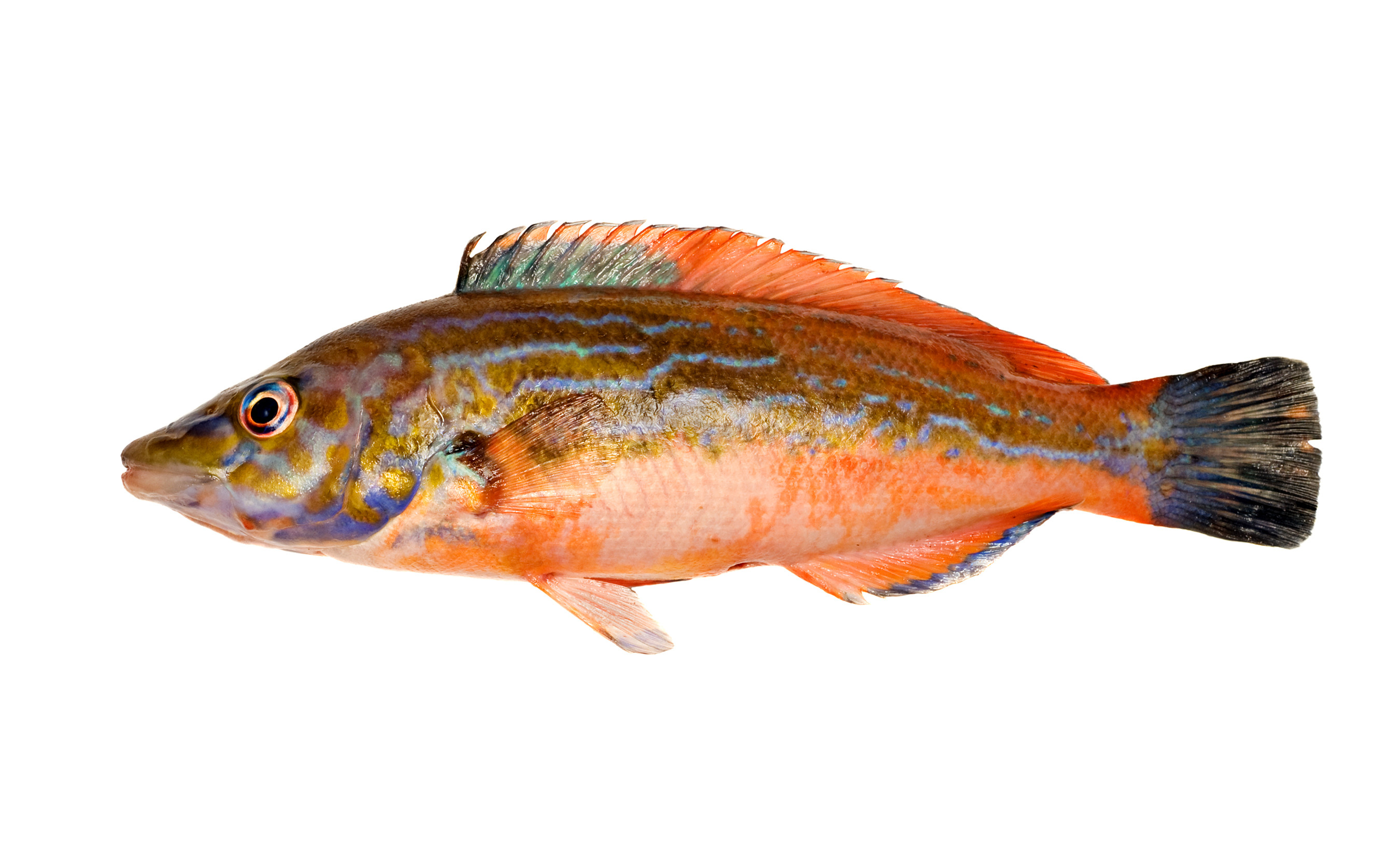
Unlike the European Eel, the Conger Eel prefers the temperate waters around the Mediterranean and North Atlantic. It is one of the largest species of eel in European waters, growing up to three meters in length and often found around Cornish shores amongst rock and hiding inside shipwrecks. One of the best kinds of fish that maintains its freshness, Conger Eel is snake-like with smooth, iron-grey skin with a firm, meaty texture that can be prepared and cooked in the same way as any European eel.
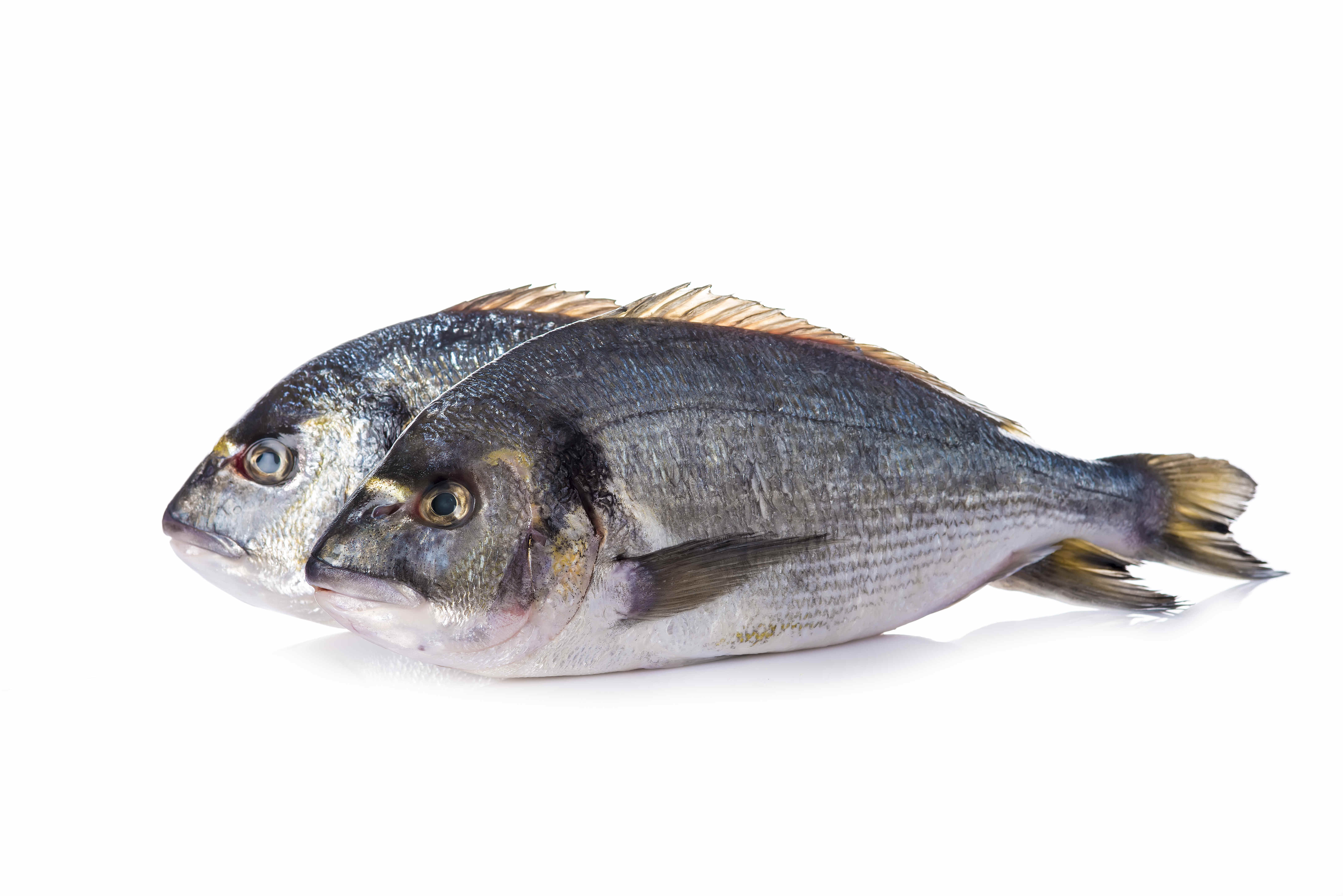
A delicious white fish, Bream is a highly valued Dermasal species prized in Mediterranean cuisine and coveted by European chefs. Considered to be one of the tastiest fishes, Bream’s moist and lean flesh has a rich, sweet flavour and its rosy meat turns creamy white when cooked. The texture is firm but tender with very small flakes and has a wonderfully clean taste and satisfyingly meaty texture, perfect for lighter, subtler Mediterranean flavours.